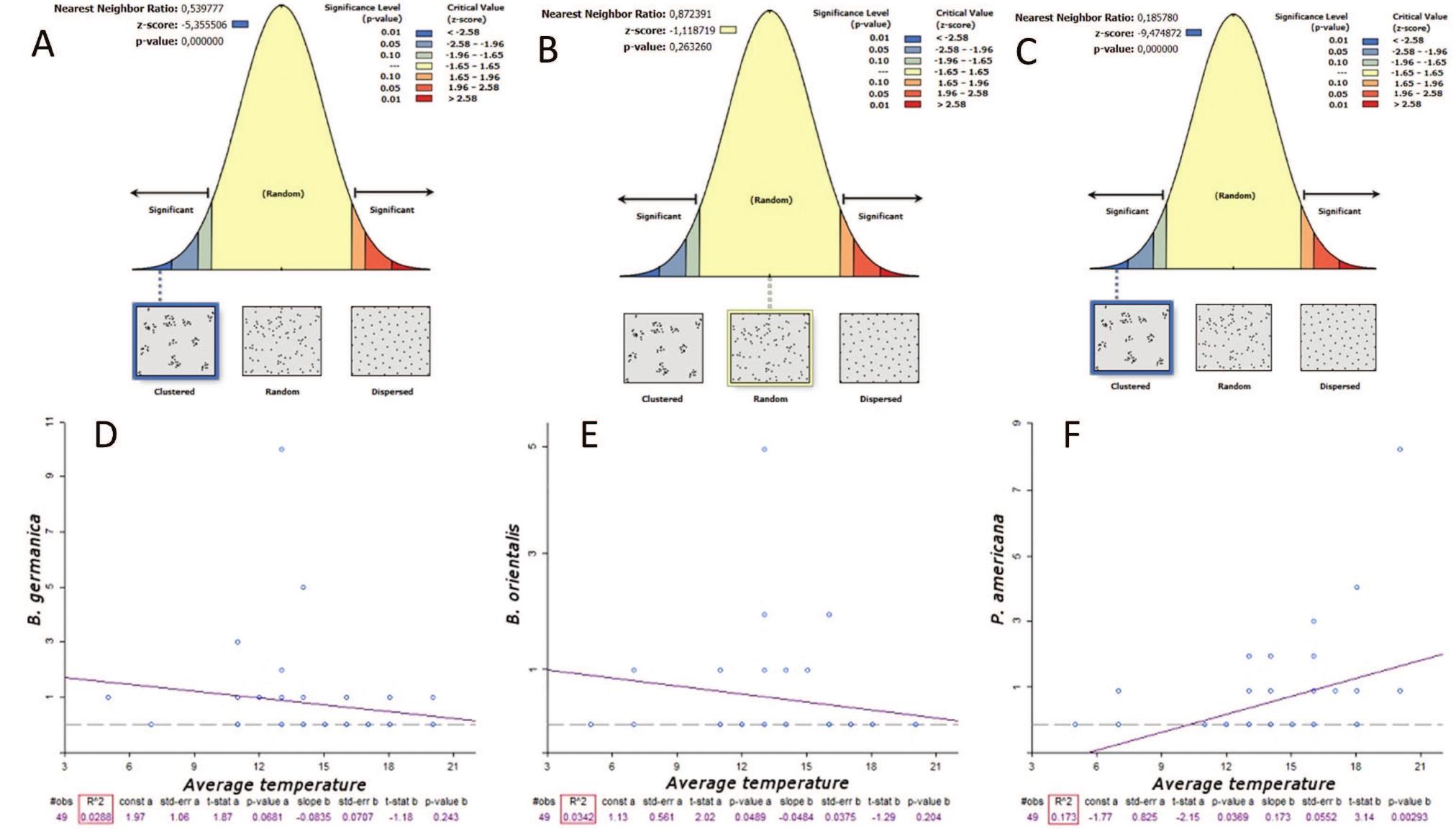Key research themes
1. How does urban habitat composition influence the diversity and distribution of insect and arthropod communities, including pests and pollinators?
This research theme focuses on the impacts of urbanization and urban green space characteristics on insect pollinator assemblages and arthropod community structure. Understanding patterns of insect diversity and abundance in urban remnant vegetation, managed green spaces, and heterogeneous urban habitats is essential for biodiversity conservation, ecological services such as pollination, and management of urban pests.
2. What are effective strategies and challenges in managing urban insect pests, specifically bed bugs and cockroaches, in densely populated and socioeconomically diverse urban environments?
This theme addresses the detection, control, and persistence mechanisms of problematic urban insect pests such as bed bugs and cockroaches in multiunit and manufactured housing. It covers the efficacy of integrated pest management (IPM) strategies versus insecticide-reliant approaches, the role of resident education and behavior, and the influence of environmental and social factors in pest proliferation and management outcomes. The synthesis underscores the need for community involvement, sustainable methods, and tailored interventions in urban pest control.
3. How do urban areas function as hubs or facilitators for the introduction, establishment, and spread of non-native insect pests affecting forests and urban trees?
This theme investigates the role of urbanization, including trade, transport pathways, and urban tree diversity, in enabling the arrival and establishment of invasive forest and tree insect pests. Studies focus on patterns of first detection in urban centers, host availability, urban microclimates, and biological traits facilitating establishment. This line of research informs early detection, monitoring, and management strategies to mitigate the ecological and economic impacts of tree pests in urban and peri-urban contexts.




















